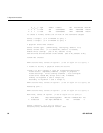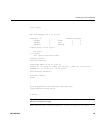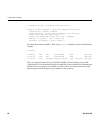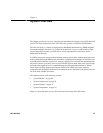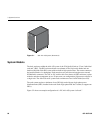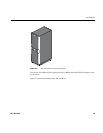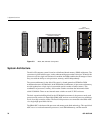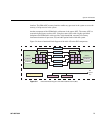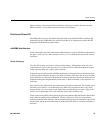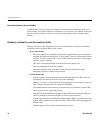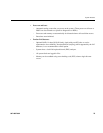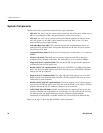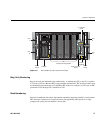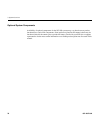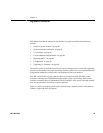
72 007-4857-002
3: System Overview
System Features
The main features of the Altix 450 series server systems are introduced in the following sections:
• “Modularity and Scalability” on page 72
• “Distributed Shared Memory (DSM)” on page 72
• “Distributed Shared I/O” on page 73
• “Reliability, Availability, and Serviceability (RAS)” on page 74
Modularity and Scalability
The Altix 450 series systems are modular systems. The components are primarily housed in
building blocks referred to as individual rack units (IRUs). Additional optional mass storage may
be added to the rack along with additional IRUs. You can add different types of blade options to
a system IRU to achieve the desired system configuration. You can easily configure systems
around processing capability, I/O capability, memory size, or storage capacity. You place
individual blades that create the basic functionality (compute/memory, I/O, and power) into IRUs.
The air-cooled IRU enclosure system has redundant, hot-swap fans and redundant, hot-swap
power supplies at the IRU level.
Distributed Shared Memory (DSM)
In the Altix 450 system, memory is physically distributed both within and among the IRU
enclosures (compute/memory/I/O blades); however, it is accessible to and shared by all
NUMAlinked devices within the single-system image. This is to say that all NUMAlinked
components sharing a single Linux operating system operate and share the memory “fabric” of the
system.
Note the following sub-types of memory within a system:
• If a processor accesses memory that is connected to the same SHub ASIC on a compute
node blade, the memory is referred to as the node’s local memory.
• If processors access memory located in other blade nodes within the IRU, (or other
NUMAlinked IRUs) the memory is referred to as remote memory.
• The total memory within the NUMAlinked system is referred to as global memory.



